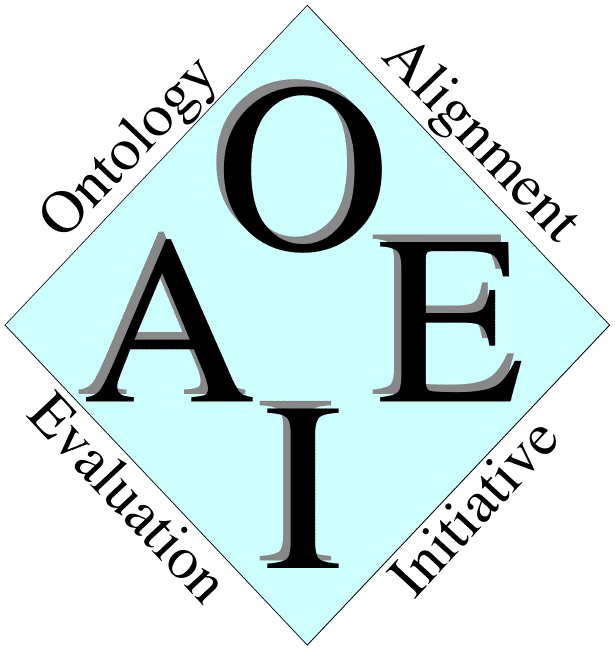
The focus of this task is to confront existing alignment technology with real world ontologies. Our aim is to get a better impression of where we stand with respect to really hard challenges that normally require an enormous manual effort and requires in-depth knowledge of the domain.
The task is placed in the medical domain as this is the domain where we find large, carefully designed ontologies. The specific characteristics of the ontologies are:
This implies that the task will be challenging from a technological point of view, but there is guidance for tuning matching approach that needs to be taken into account.
The ontologies to be aligned are different representations of human anatomy developed independently by teams of medical experts. Both ontologies are available in OWL format and mostly contain classes and relations between them. The use of axioms is limited.
The Foundational Model of Anatomy is a medical ontology developed by the University of Washington. We extracted an OWL version of the ontology from a Protege database. The model contains the following information:
In order to get access to this model, you have to fill out a special License agreement. Please the completed agreement by fax to: +31 20 598 7653 to attention of Heiner Stuckenschmidt and send an email to heiner@cs.vu.nl containing the information that you faxed the agreement and to receive the download information.
The second ontology is the Anatomy model developed in the OpenGalen Project by the University of Manchester. We created an OWL version of the ontology using the export functionality of Protege. The model contains the following information:
The task is to find alignment between classes in the two ontologies. In order to find the alignment any information in the two models can be used. In addition, it is allowed to use background knowledge, that has not specifically been created for the alignment tasks (ie no hand-made mappings between parts of the ontologies). Admissible background knowledge are other medical terminologies such as UMLS as well as medical dictionaries and document sets. Further, results must not be tuned manually by for instance removing obviously wrong mappings.
Results of the alignment should be represented using the common format for alignments and send to heiner@cs.vu.nl for evaluation by September 1st. We also ask you to prepare a paper describing your alignment approach and your experiences for the alignment workshop at K-CAP.
Final results of the evaluation can be found here. Unfortunately, no result are given for the anatomy test case.